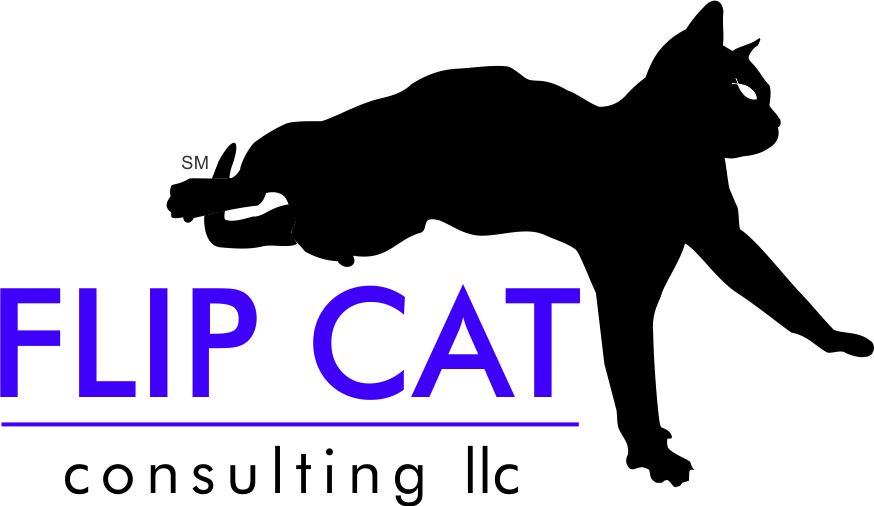Is Live-Streaming an Opportunity for Law Firms?
/Periscope, Meerkat – these recently unveiled technologies may be relatively new or unheard of inside the law firm setting. Yet, they may offer a new way to connect with clients, learn more from them, and deliver information clients seek on the fly.
1. What are they? Meerkat and Periscope are two new technologies (brand new – both were introduced in March, 2015) that enable users to create live videos and stream them simultaneously online. I have provided several links below that help describe set-up, possible uses, and potential legal concerns around the videos recorded.
2. Examples: This link from HootSuite.com includes mention of Mercedes Benz and the Department of the Interior making use of live-streaming. (The government? Proactive with cutting-edge technology? Yes – and they included a question and answer feature that may be of interest to lawyers.)
3. Law firm use? Possible uses for law firms include broadcasts of CLEs and other informational presentations, similar to the way webinars are used currently. With the live Q&A option, you could interact with your audience and monitor the impact of the presentation as related to audience preferences. Live-streaming might also facilitate real-time meetings with clients, similar to FaceTime and Skype. I am fond of the investment world’s use of the “Morning Call.” Law firms could schedule periodic check-ins via brief live-streaming meetings to update clients on progress with their matters – a great way to demonstrate knowledge and strengthen the relationship. As with the Morning Call, live-streaming may facilitate quick meetings between attorneys in different locations. Of course, the typical privacy concerns should be considered with respect to the material discussed (and recorded) and where and how that information would be stored.
4. Keep In Mind: It may be live-action, but that doesn’t mean it shouldn’t involve some planning. One of my favorite improv groups, ImprovEverywhere, produces great, unexpected comedy around New York City. While their skits are improvisational, they do plan ahead with site research and “casting” for key roles. You should, too. Your IT or Marketing professionals may likely be the people responsible for recording the live-stream. And, while the medium is meant to be raw, your audience will appreciate a cameraman who anticipates important flows in the conversation, shifting from wide sweeps to long focus time on a particular speaker or a conversation. As a member of the Dallas Symphony Chorus years ago, I observed how the live televised Christmas Pops program moved smoothly with the transitions in the music. The TV staff covering the event were available during a final rehearsal and were familiar with the program's segments and thus could create a program enjoyable for the viewer. Your in-house producer should prepare in the same way for the heightened engagement of your audience, from considering lighting and layout to making notes in rehearsal regarding transitions. Still, as mentioned in the HootSuite overview, live-streaming video is expected to be raw, imperfect – opening opportunity to establish trust with your audience. (Being authentic is a hallmark of today’s successful blogs and vlogs.)
Since it is live streaming, there won’t be an opportunity for the user (videographer) to comment in the way that someone might cover an event via live tweeting. There is the option for viewers to follow your Periscope account (handy if you plan regular CLEs, for example) and the option for Q&A as noted above from the Department of Interior’s video.
5. Where: Polished, well-produced videos that tell the firm’s story or provide significant focus on the law from one of your partners or practice groups are the style of videos to place on your website. Other, less finished products can be posted to your website, ideally placed on a page dedicated to such content – to help partition it from the professional video. Also, you should re-purpose your recorded live-streams by sharing them on LinkedIn, Twitter, and Facebook. Just remember to also post them (first) on your website, since there may come a day when you no longer have access to a particular social media site and your content posted there disappears.
6. HOW: Here is a great overview on getting started, from Social Media Examiner:
7. HubSpot.com provides this Guide for Marketers using live-streaming.
8. Uploading: http://www.cnet.com/news/getting-started-with-the-live-streaming-app-periscope/
Here are a few other comments on the opportunity for legal marketing:
http://good2bsocial.com/meerkat-opportunities-and-lessons-learned/
Then, there are legal concerns around live-streaming video. This article from PC World considers implications for Intellectual Property infringements as well as the consequences of filming people without their permission. These concerns do not directly relate to the law firm purposes I outlined above, but are areas of interest to lawyers practicing in IP, free speech matters, etc., not to mention business law impacts as some technology is purchased or consolidated as a result of this innovation.
Last: Meerkat or Periscope? Meerkat was a darling at the annual SXSW event in March. It is an independent creation. Periscope rolled out the week I attended Social Media Marketing World (SMMW), and it is associated directly with Twitter. Several attendees at SMMW15 were abuzz over both options, though I heard more social media thought-leaders giving the nod to Periscope if for no other reason than its streamlined connection to upload via Twitter. Learn more at http://meerkatapp.co/ and https://www.periscope.tv/.
So – what do you think? Would your firm consider live-streaming? And if so, in what capacities?


